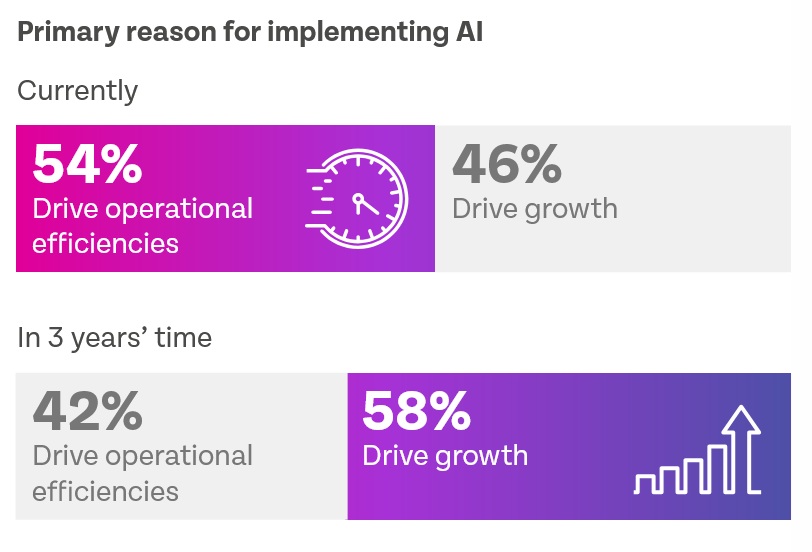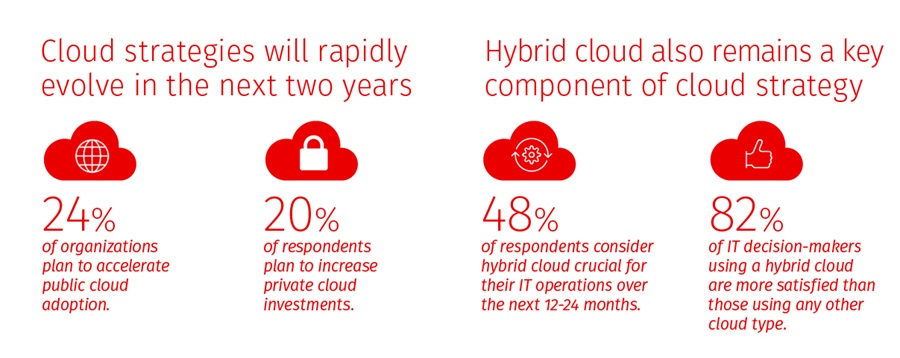Today's web applications are complex and, so to, are the networks and infrastructure that transmit the packets that deliver those SaaS applications. Bandwidth consumption and network congestion issues continue to plague the Internet, home networks, and Wi-Fi access points.
Often, these network slowdowns impact the performance of business-critical enterprise apps such as Microsoft Teams, Salesforce, Zoom, Cisco WebEx, etc. Calculating an objective measurement of employee experience with websites and SaaS apps by technology support teams is becoming the trend in the future.
1. Device Proliferation
The global pandemic, corporate digital transformation, modern cultural revolution, and most importantly, BYOD/#WorkAnywhere initiatives have led to mass device proliferation. On average, each worker has 2-2.5 devices, and this number is bound to increase in years to come. Customers are using laptops, mobile, PC, desktops to connect to online services. Another 127 devices are connected to the Internet every second and by 2027, there will be 41 billion IoT devices.
Managing this plethora of devices for hundreds to thousands of remote employees will be a monumental challenge for IT. Technology consumption has changed over the past decade, and workers expect streamlined management, smooth integration, and immediate use of their devices.
2. Single Page App (SPA) Popularity
SPA architecture offers the most recent web technology trend since 2020. Web applications including Facebook, Gmail, Google Maps, Amazon, Twitter, etc., work in the browser, are faster and do not need any page to reload or waiting time, thus making the end-user experience dynamic and responsive.
Recent data from Statista suggests that nearly half of the global website traffic is through mobile devices. Companies are looking for opportunities to optimize mobile and web shopping experiences for end-users and switch to SPA. As market competition intensifies to deliver services, the clear winner differentiating the business will provide the highest web experience score. Expect to see higher engagement levels and business growth with the application development shift to SPA.
3. Reduce Employee Attrition
According to Forrester, "Remote work will settle at 3X pre-pandemic levels, offering an opportunity for firms to snap up top talent and keep them happier."
To retain the best talent, support teams will need to align their technology experience practices with HR. Diagnosing and troubleshooting these issues in the modern IT world using traditional tools can be lengthy and costly. However, a seamless end-user experience with workplace technology makes workers productive and wanting to stick to their employer. As a result, enterprises gain employee trust and a competitive advantage for attracting and retaining top talent.
4. Increase Conversions and Digital Engagement
Optimizing the overall experience for end-users drives higher engagement levels and boosts conversion rates for the business. While digital marketers focus on design aesthetics and perform A/B tests on different variations of a website, customers care about how a particular site performs at their end.
For example, if a popular e-commerce application hosted on a server responds slow to browser requests, customers will ultimately abandon their shopping carts. A weaker brand perception then gets reflected in online reviews which dissuades most new shoppers as they look up online reviews for validation. Businesses agree that it's more expensive to acquire a new customer than a returning one, and 88% of online consumers are unlikely to return to a website after suffering a poor experience.
5. Better Quality of Service
IT professionals need visibility and understanding into the performance of delivered SaaS service or enterprise applications like Microsoft 365, especially when the workforce is geographically spread. These applications run on the cloud and are out of control for IT.
For example, latency and slow page-loading issues between client devices (mobile, desktop, laptop) and remote web servers degrade performance for end-users. Granular insights about employee and customer home networks, client browser application, Wi-Fi strength, server infrastructure, etc., make sure that admins can identify bottlenecks and accelerate troubleshooting. Normalizing and quantifying collected insights provides IT an experience benchmark to start engaging with end-users in the right way.


